How can I design a PCB in order for it to have this kind of PCB Tinning finish?
I do know this decreases the resistance of the tracks and increases the amount of current it can handle however
Do I need to leave the solder mask below and do it by hand?
Do I need to remove the solder mask ?
Can this process can actually be done at the fab house?
Edit 1-----------------------------------------------------------
Now an interesting question, Is there any kind of design rule to follow using this HASL finish? , I mean the rule its 40mils per Amp however if I get a 40mils HASL finish track, can I actually put 2 Amps on that?, if the answer is yes, isn't the solder conductivity lower than the copper itself?

 (
(